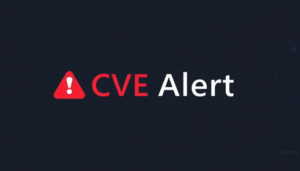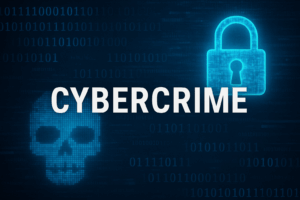CVE Alert: CVE-2025-12622 – Tenda – AC10
CVE-2025-12622
A vulnerability was determined in Tenda AC10 16.03.10.13. Affected by this vulnerability is the function formSysRunCmd of the file /goform/SysRunCmd. This manipulation of the argument getui causes buffer overflow. The attack may be initiated remotely. The exploit has been publicly disclosed and may be utilized.
AI Summary Analysis
Risk verdict
High risk: publicly disclosed exploit enables remote code execution over the network on unpatched devices; urgent attention recommended.
Why this matters
Full compromise of the device could yield unauthorised control, data exposure, and disruption of home or small-office networks. Attackers may use the router as a foothold to pivot to connected devices or procurement of sensitive traffic, increasing risk across the wider environment.
Most likely attack path
Attacker can reach the device remotely over the network with no user interaction, but may require low privileges on the device. Successful exploitation could execute arbitrary code with high impact and affect confidentiality, integrity and availability. Because the CVSS indicates a scope that can affect adjacent resources, compromised routers may enable broader network access or sprawl to other devices on the LAN.
Who is most exposed
Commonly deployed in consumer and small-business environments with firmware often not promptly updated. Devices exposed to WAN management interfaces or left with default configurations are typical targets.
Detection ideas
- Unusual requests to the SysRunCmd endpoint with anomalous getui payloads
- System logs showing crashes, reboots, or memory corruption traces
- Unexpected outbound connections or beaconing from the router
- Repeated failed or suspicious remote code execution attempts from external IPs
- Indicators of exploitation in CTI feeds or IOAs tied to SysRunCmd activity
Mitigation and prioritisation
- Apply available firmware updates as a priority; verify patch version and test in staging before rollout
- If patching is not yet possible, disable or restrict remote management interfaces; block exposure of the relevant endpoint from untrusted networks
- Implement allowlists or strict WAN access controls and segment the router from critical assets
- Enable enhanced logging and IDS signatures for SysRunCmd-related activity; monitor for PoC indicators
- Plan a rapid-change deployment and verify post-patch stability; communicate timelines to affected users and stakeholders
Support Our Work
A considerable amount of time and effort goes into maintaining this website, creating backend automation and creating new features and content for you to make actionable intelligence decisions. Everyone that supports the site helps enable new functionality.
If you like the site, please support us on Patreon or Buy Me A Coffee using the buttons below.



